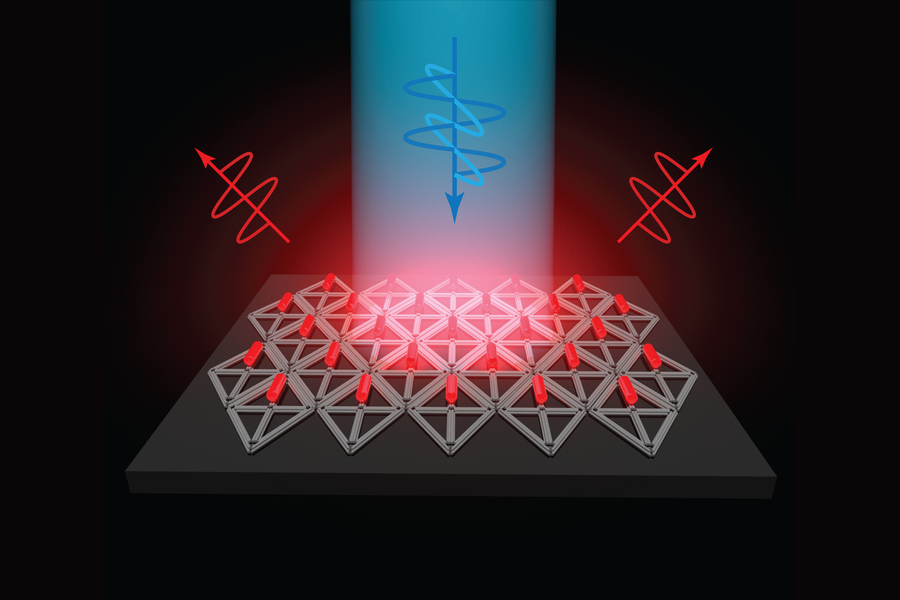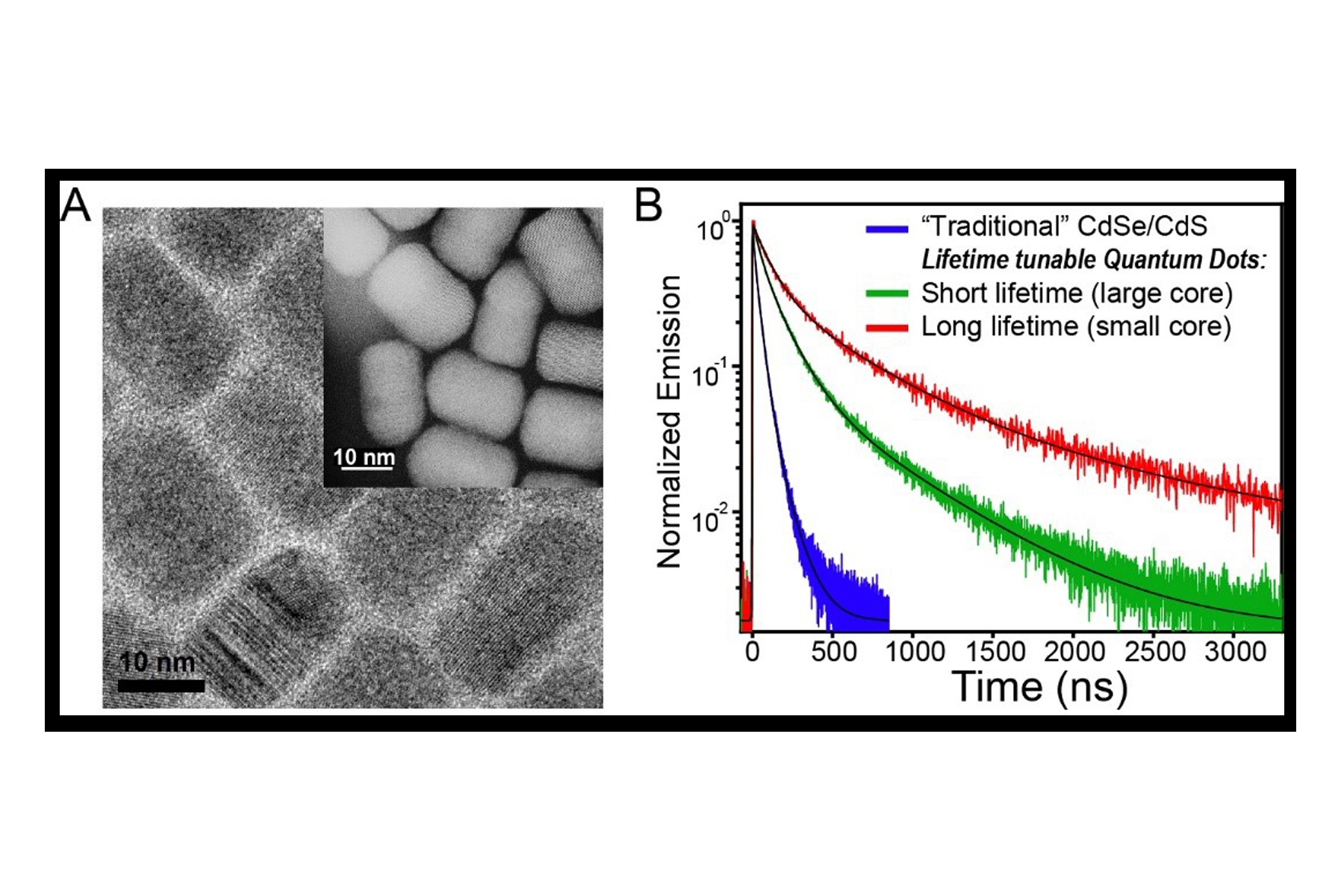
Quantum light sources are fickle. They can flicker like stars in the night sky and can fade out like a dying flashlight. However, newly published research from the University of Oklahoma proves that adding a covering to one of these light sources, called a colloidal quantum dot, can cause them to shine without faltering, opening the door to new, affordable quantum possibilities. The findings are available in Nature Communications.
Quantum dots, or QDs, are so small that if you scaled up a single quantum dot to the size of a baseball, a baseball would be the size of the moon...
Read More









Recent Comments